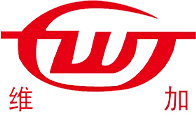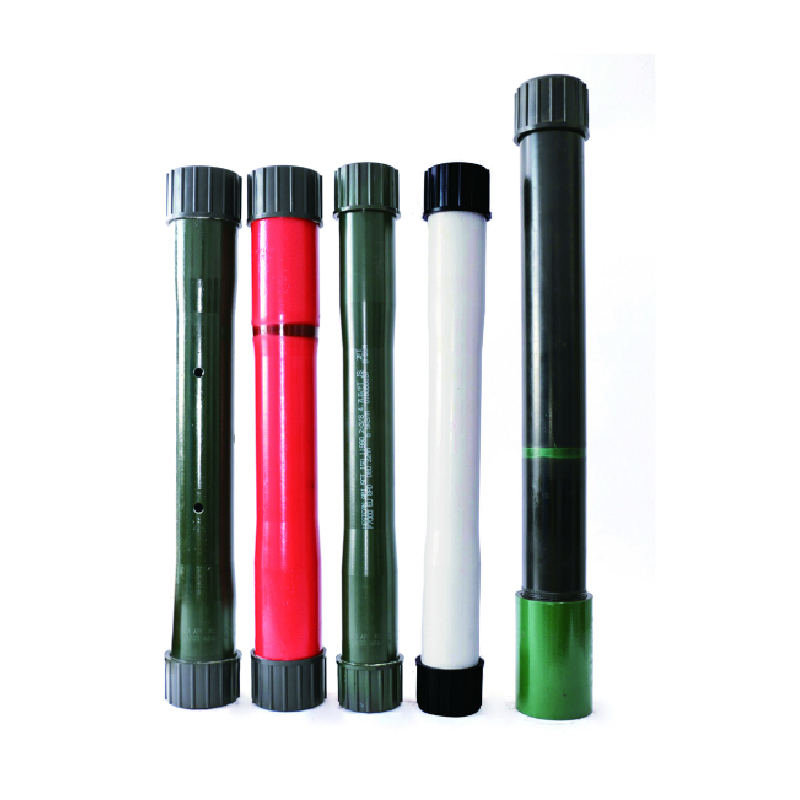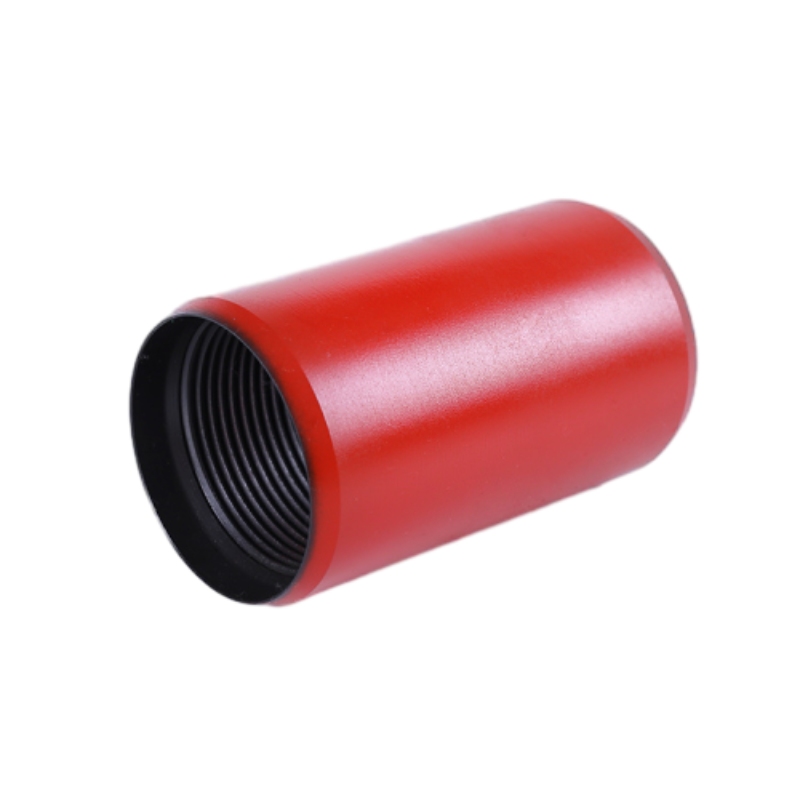Pup Joint Manufacturers | API Certified, Custom, In-Stock
What to Know Before You Shortlist pup joint manufacturers in 2025
If you work rigs or procure OCTG, you already know the unglamorous hero on location: the tubing pup joint. It’s simple, yes, but not trivial. The right pup joint keeps your string on-depth, spacing accurate, and connections leak-free. I’ve toured a few shops in Hebei and along the Gulf Coast; quality varies more than people admit. One name I keep hearing from field supervisors is Hengshui Weijia Petroleum Equipment Manufacturing Co., Ltd. (their “Tubing Pup Joint” line is consistently mentioned). Actually, that curiosity sent me down this rabbit hole.
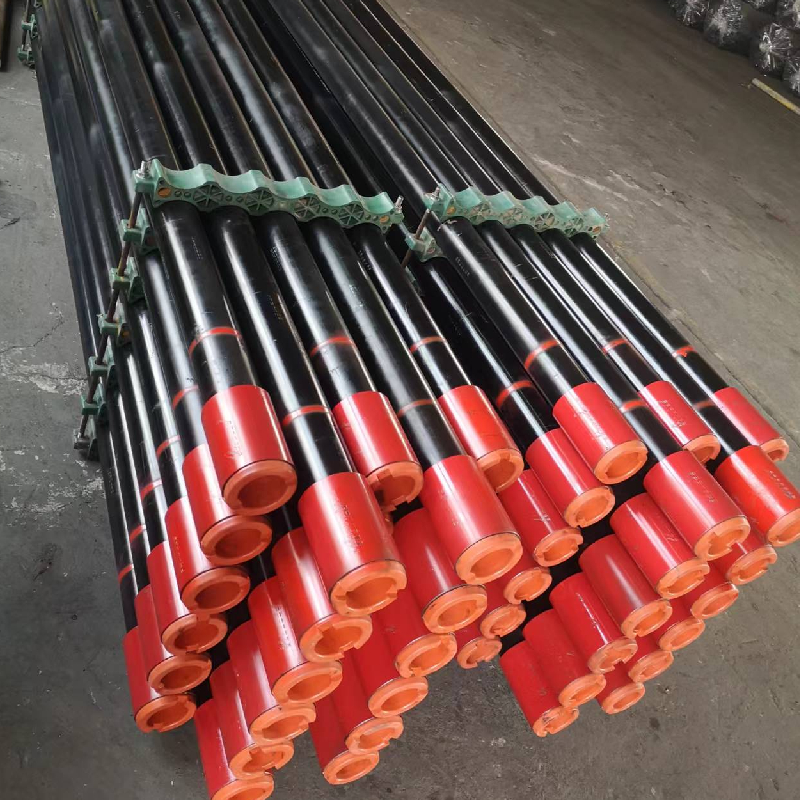
Industry snapshot
Three trends keep popping up: tighter sour-service specs, shorter lead times (sometimes painfully short), and higher traceability demands. Many customers say they don’t just want a mill cert; they want heat-level tracking tied to each pup joint, with thread gage data and hydro charts. To be honest, the shops that keep meticulous records are the ones drillers return to.
How good pup joints are made (quick process flow)
- Materials: API 5CT grades (J55/N80/L80/P110). Sour options meeting NACE MR0175/ISO 15156.
- Cutting & heat treatment: normalized or Q&T, hardness controlled for connection integrity.
- Threading: per API 5B (EUE 8RD/NUE), with calibrated gages, dope control, and thread protectors.
- Surface: phosphate or Zn coating; rust preventative. Optional internal coatings for CO2/H2S.
- Testing: hydrostatic at ≈1.5× WP, drift test per API 5CT, dimensional checks, MPI/UT as required.
- Docs: MTC, hydro charts, gage reports, and heat traceability. Real-world use may vary.
Product spec at a glance (Tubing Pup Joint)
| Parameter | Spec (≈ typical) |
|---|---|
| OD / Size | 2-3/8" to 4-1/2" |
| Length options | 2, 3, 4, 6, 8, 10, 12 ft; custom on request |
| Grades | J55, N80, L80, P110 |
| Connections | EUE 8RD / NUE (API 5B) |
| Standards | API 5CT, API 5B; NACE MR0175/ISO 15156 for sour |
| Testing | Hydro 1.5× WP, drift, visual, torque/calibration logs |
| Service life | Around 5–10 years depending on fluid and handling |
Where they’re used
Spacing out artificial lift, workover adjustments, test strings, and surface tie-ins. I’ve seen them in heavy-oil steam floods and tight-gas wells alike. Feedback from one West Texas operator: “Thread dope stayed clean, make-up torque was consistent, no leaks on pressure test.” That’s the kind of boring reliability we all want.
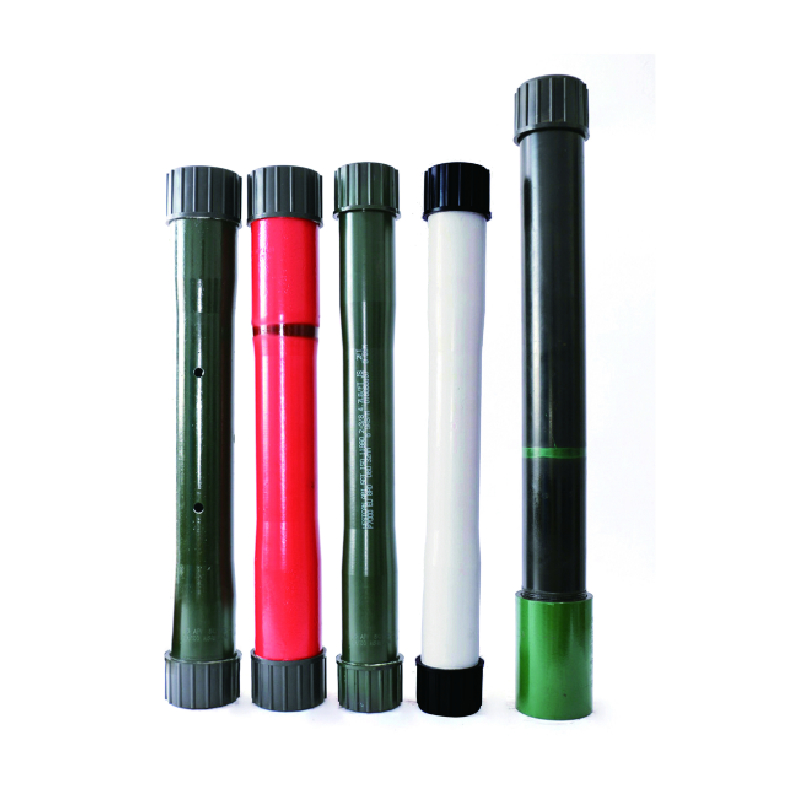
Comparing pup joint manufacturers
| Vendor | Lead time | Certs | Traceability | Notes |
|---|---|---|---|---|
| Hengshui Weijia | ≈10–20 days | API-related, ISO 9001 | Heat-to-piece docs | Flexible lengths, sour-service options |
| Domestic A | 3–5 weeks | ISO 9001 | Batch-level | Good price; fewer specials |
| Overseas B | 2–6 weeks | API 5CT scope | Heat-level | Strong export support |
Customization and QA
Custom lengths to the inch, special hardbanding, premium dope, even serialized laser etching—available if you ask early. Typical test data I’ve seen: hydro at 1.5× WP (example: 7,500 psi for 5,000 psi strings), 100% visual, full drift, and sample MPI/UT on critical ends. Keep in mind, real-world data shifts with grade and wall thickness.
Mini case study
North Africa, on a gas recompletion: a mixed string needed precise spacing for an ESP retrofit. The crew ran 3-ft and 6-ft pups from Hengshui Weijia; make-up torque was within ±5% target, and pressure tests passed first shot. Not spectacular—just smooth. Surprisingly rare these days.
Bottom line: shortlist vendors who publish their thread gage calibration schedule and provide traceable hydro charts. The best pup joint manufacturers make that paperwork painless.
Citations
-
Tubing Crossover - API Compatible, Custom Sizes, In StockNewsNov.10,2025
-
Tubing Coupling | High-Strength, Leak-Proof Steel CouplingsNewsNov.10,2025
-
Wholesale API Threading Casing Coupling | API 5CT, Fast ShipNewsNov.10,2025
-
Pup Joint Supplier | API Certified, Custom, Quick ShipNewsNov.10,2025
-
Pup Joint Manufacturers | Precision Machined, Fast DeliveryNewsNov.10,2025
-
Tubing Coupling | Precision Steel, Leak-Proof, Fast DeliveryNewsNov.03,2025
